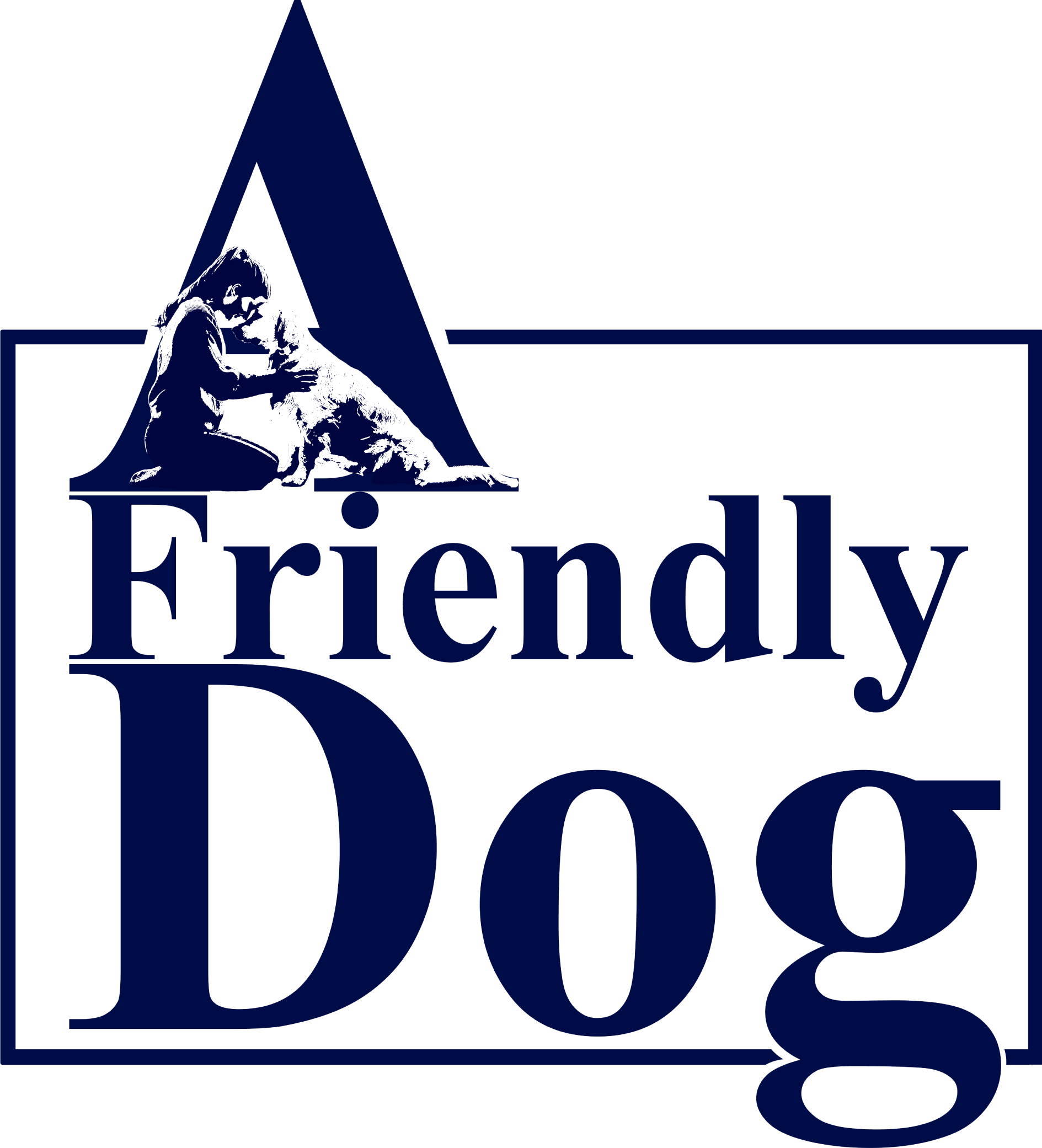It is often overlooked that providing only canned food from a factory and mass-produced kibble grounds may not be the optimal choice for your dog. While it may not be the worst option available, it is undesirable to witness your dog consuming a mushy and unappetizing meal. However, it is not always feasible to prepare healthy meals from scratch, whether due to time constraints or being on the go. Consequently, determining what is truly best for your dog can be challenging. Here are some methods to ascertain that the food you provide for your dog is the most suitable option.
Firstly, it is crucial to identify your dog’s specific needs in a precise manner. It is common for trendy dog food to align with popular human preferences at any given time. This can create a sense of inclusion for your pet within the family. If the quality of the food is at least satisfactory, it can serve as a reliable source of nutrition that caters to the general requirements of dogs. This approach can be particularly beneficial for maintaining the well-being of senior dogs with weight issues or nourishing underweight dogs that struggle with obedience.
In conclusion, it is essential to prioritize your dog’s individual needs when selecting their diet. By incorporating a holistic approach that considers natural foods and aims to improve their physical and mental abilities, you can ensure that your dog receives the best possible nutrition.

Flavor Isn’t Everything, but It’s Important
Seek out foods that are appealing to the senses, encompassing taste, smell, sight, touch, and even sound. Undoubtedly, dogs often find great excitement in the mere sound of their food packaging being opened. Whether it be a can, a pouch, or even a bag or box, ensure that the chosen food can be stored adequately in your designated area and allows for easy assessment of its perishability. It is advisable to contemplate and potentially compile a list of relevant factors to consider.
- What does the dog appear to derive pleasure from? Does the dog derive pleasure from a combination of meats and vegetables, or is the dog a devoted carnivore? Perhaps a consistent supply of the dog’s preferred food is precisely what they require, or maybe they prefer variety instead. Assess their preferences and follow their lead.
- Does the dog enjoy indulging in a gravy-based stew, or does the dog prefer a more sophisticated pate-like texture? This will assist you in identifying a basic product to seek out and compare different brands. Even for dogs, part of the enjoyment of eating lies in the presentation.
- Is it feasible to prepare food for your dog at home? By doing so, you may save some money, feel more confident in providing them with extra care, and have a clear understanding of the ingredients in their meals. Proper meal preparation is crucial, and with careful planning and appropriate storage equipment (such as freezer bags), you can easily incorporate this activity into your busy schedule. However, if you lack the time, there are numerous commercially available options for dog food that closely resemble homemade meals.

